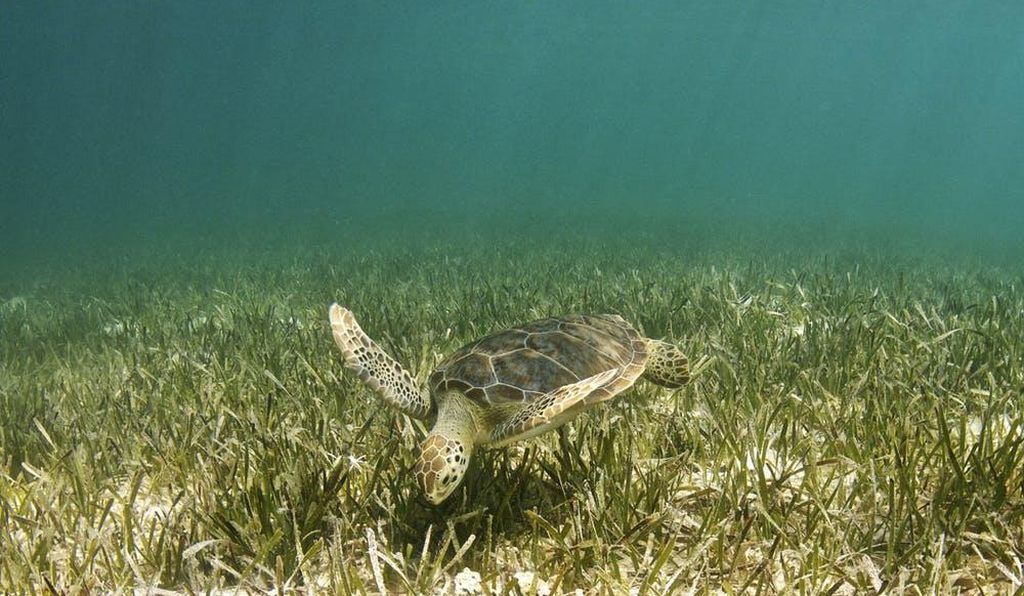Case Studies
Ozius Marine Ecosystems Capabilities
Using Ozius’ Naxia analytics engine to improve our knowledge of Littoral (blue carbon) Ecosystems: mangroves and seagrass meadows.
Imagery Data
NASA USGS Landsat 7/ 8
ESA Sentinel 2A/B
Airbus Pleiades
DigitalGlobe WorldView 2

Blue carbon ecosystems, can store more carbon for longer – thousands of years – and at a far quicker rate.
“These blue carbon ecosystems store carbon around 40 times faster than green carbon ecosystems…So you need a lot more green carbon habitat to do the same amount of carbon offsetting.“
Deakin University marine ecologist Dr Peter Macreadie, as quoted by ABC News Australia
Carbon Storage and Economic Value are drivers for protection and enhancement of Littoral zones
Blue Carbon storage from Seagrass can persist for millennia and is highly efficient.
(Fourqurean et al. 2012; Macreadie et al. 2014; Howard et al. 2016, Mateo et al. 2006; Fourqurean et al. 2012; Howard et al. 2016).
Mangroves have an annual economic value of approximately US$ 200,000-900,000 per square kilometre
(UNEP- WCMC 2006), and their extent is closely correlated to the success of adjacent fisheries (Manson et al. 2005; Aburto- Oropeza et al. 2008).
Image: Global distribution of coral, mangrove, and seagrass diversity. (Image created by Philippe Rekacewicz in May 2002 from data compiled by UNEP-WCMC, 2001. Reproduced from Jennerjahn 2012 with permission from Elsevier)

Ozius has extensive experience in Marine Habitat Analysis
Landform characterisation Habitat
- Mangroves (extent, density, vitality, speciation), Salt marsh
- Coastal dunes
- Seagrass – which bays have seagrass
- how are they responding as a baseline? (spatial/temporal/cover)
- Which patches/bays are persistent vs transitory/opportunistic
Community and Economic uses
- Monitor activity such as fishing, shipping and aquaculture activities remotely.
Images:
1. Mangrove speciation, extent, density
2. Benthic habitat monitoring
3. Ocean uses – aquaculture hotspots
Case Study:
Operational Monitoring of Mangrove Habitat Vitality
Onshore Gas refinery, Western Australia
Effectively monitor impacts of dispersants over time.
In this case we undertook analysis of mangrove vitality over a 12 month period to detect any change in the vitality of the habitat. We’ll pay particular attention to Sites 3 and 4 to the north of the refinery.
By integrating this new intelligence with operational activities or metrics we can start to track the success of management decisions and account for natural or human induced changes.
In this case it was observed that site 3 and 4 moved in a direction that wasn’t consistent with seasonal expectations. Traditionally these sites had tracked consistently with the control sites 1 and 2.
Such a change triggers an internal decision for the operator to make further investigations.
Case Study:
Seagrass Analysis
Turbid Lake, New South Wales, Australia
Ozius undertook an assessment of seagrass extent and cover within a turbid waterbody in New South Wales. The project utilised high resolution imagery and field transect validation data to successfully map the extent and cover classes of seagrass.
Methodologies followed the use of remote sensing classification algorithms to produce efficient and reliable data sets for the further use in management decisions, and to assess the overall extent of seagrass within the lake.
Seagrass communities are composed of predominantly Zostera spp., Halophila spp., and Ruppia spp.. The catchment of Lake Illawarra is a region of highly intensive land uses and its shores are heavily urbanised. The seagrass density classes were modelled using a continuous data method to maintain the relationship between spectral signature and seagrass density class. The output was then classified into four density class themes, followed by clustering into a binary density theme as described in Table 2.
Integrating Historic Field Data
By integrating historic field data, operational activities and natural events to create a complete and accurate trend analysis to guide future decisions and historic reporting requirements.
Source: http://pinnacleecological.com/index.php/category/projects/
Robust and Repeatable Results
Knowledge in days, not weeks.
Gaining access to insight is critical to success in many industries. With advanced analytics from our Naxia platform delivered in record time, it’s easy to leverage our intelligence to power your next move.















